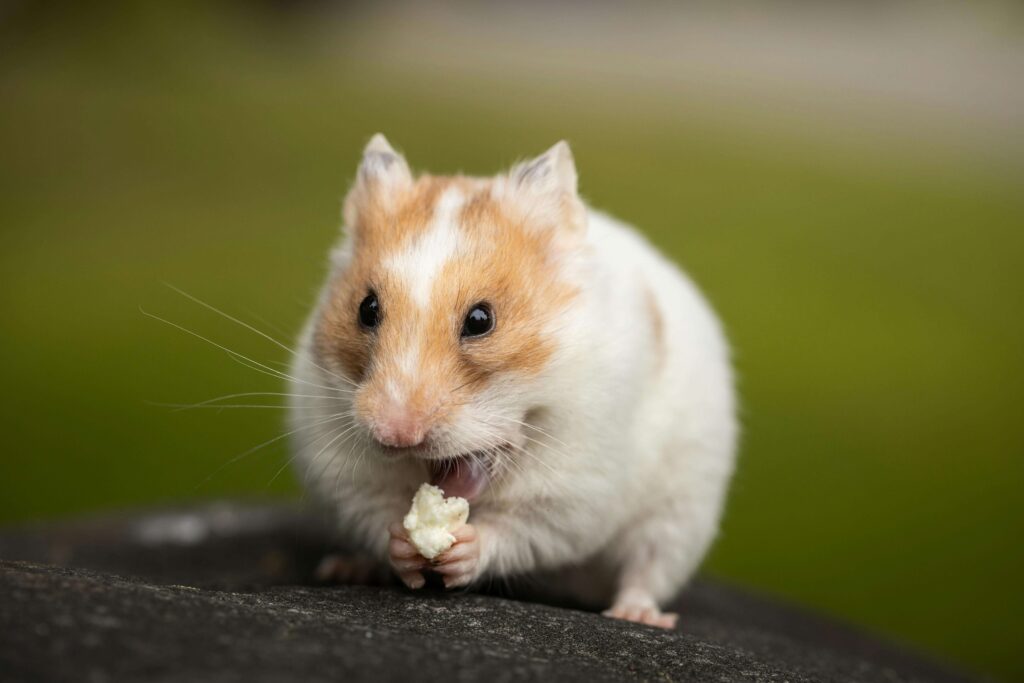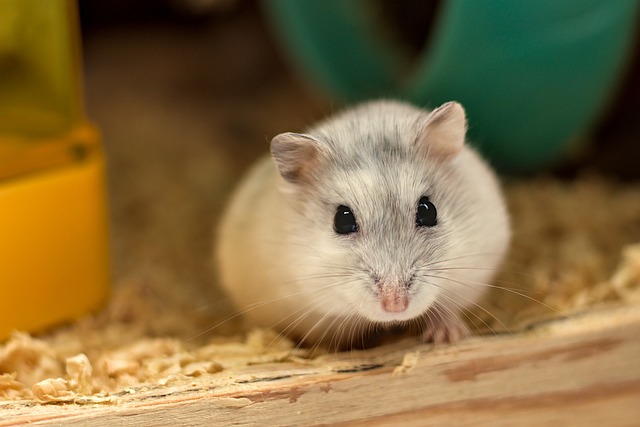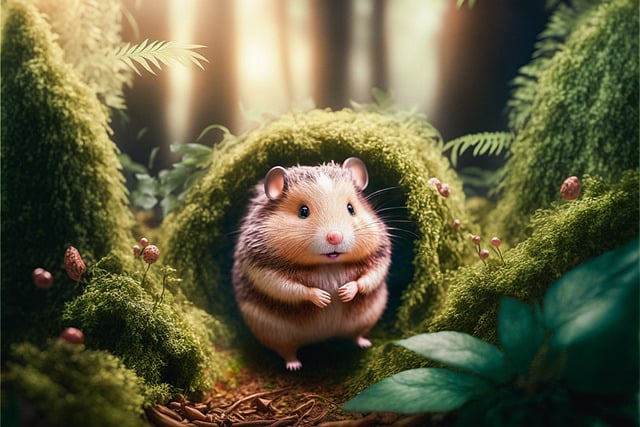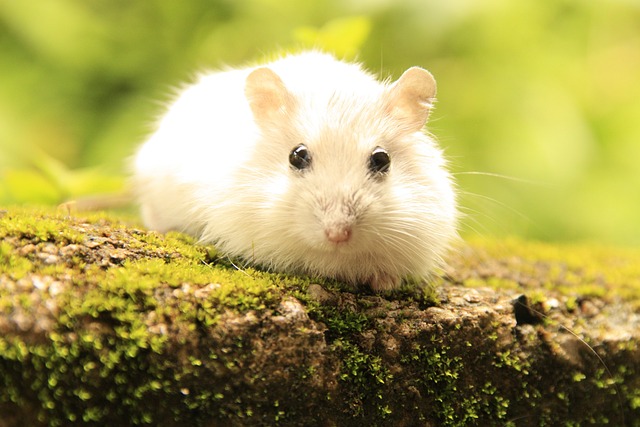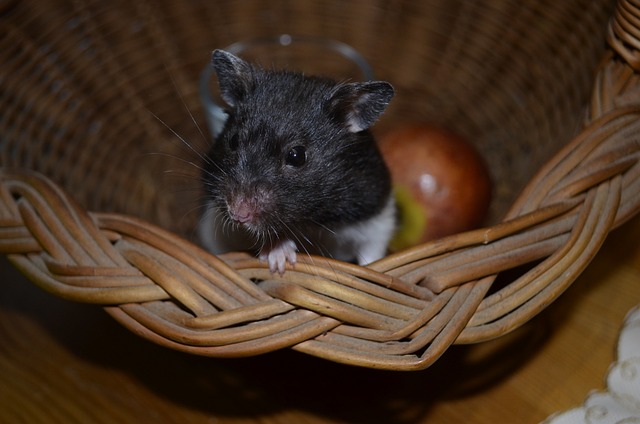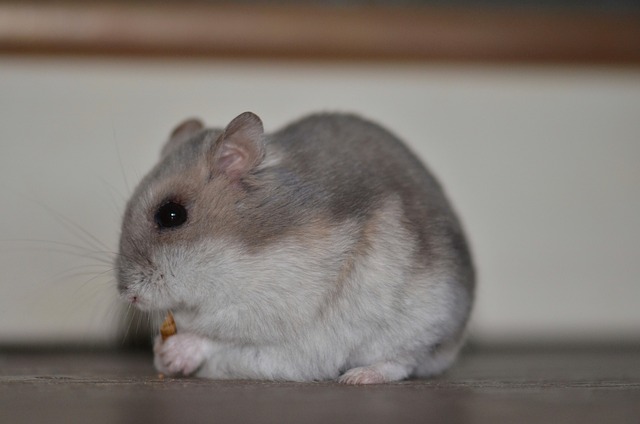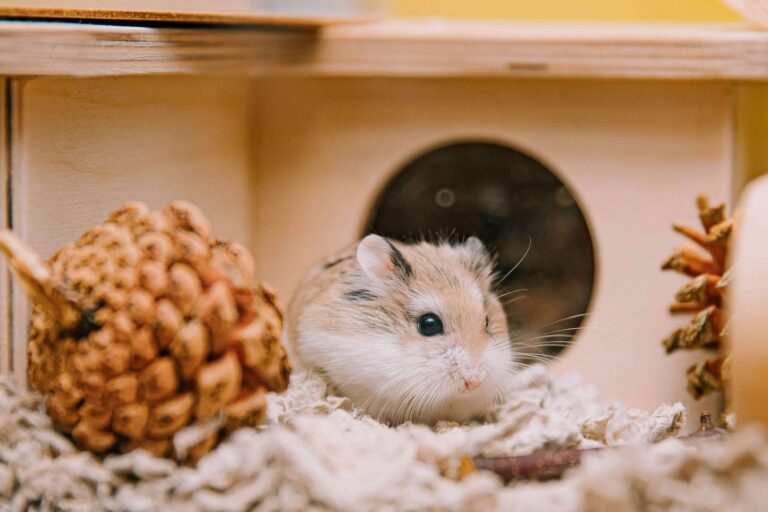Difference Between Hamsters And Rats Hamsters.pk
Physical Characteristics: Size, Appearance, and Lifespan
When comparing hamsters and rats, one of the most noticeable differences is their physical characteristics. While both are rodents, they have distinct features that set them apart from one another.
Size
Hamsters are typically smaller than rats. The average adult hamster ranges from 2 to 6 inches in length, depending on the breed. For example, the Syrian hamster, also known as the golden hamster, is the largest breed, measuring up to 6 inches long. On the other hand, rats are generally larger, with adult rats measuring between 9 to 11 inches in length, not including their tail, which can add an additional 7 to 9 inches.
Appearance
Hamsters and rats have different physical appearances. Hamsters have short, stubby bodies with small, rounded ears and short, furry tails. They also have large, expandable cheek pouches that they use to carry food. Hamsters come in a variety of colors and coat types, including short-haired and long-haired varieties.
Rats, on the other hand, have longer, leaner bodies with more prominent, pointed ears and long, scaly tails. They do not have cheek pouches like hamsters. Rats also come in various colors and coat types, but they are generally known for their smooth, sleek fur.
Lifespan
Another notable difference between hamsters and rats is their lifespan. On average, hamsters live between 2 to 3 years, with some breeds living up to 4 years with proper care. Rats, however, have a slightly longer lifespan, typically living between 2 to 4 years, with some individuals reaching up to 5 years with excellent care.
In conclusion, while hamsters and rats are both rodents, they have distinct physical characteristics that set them apart. Hamsters are smaller, with stubby bodies and large cheek pouches, while rats are larger, with leaner bodies and long, scaly tails. Additionally, rats tend to have a slightly longer lifespan compared to hamsters.
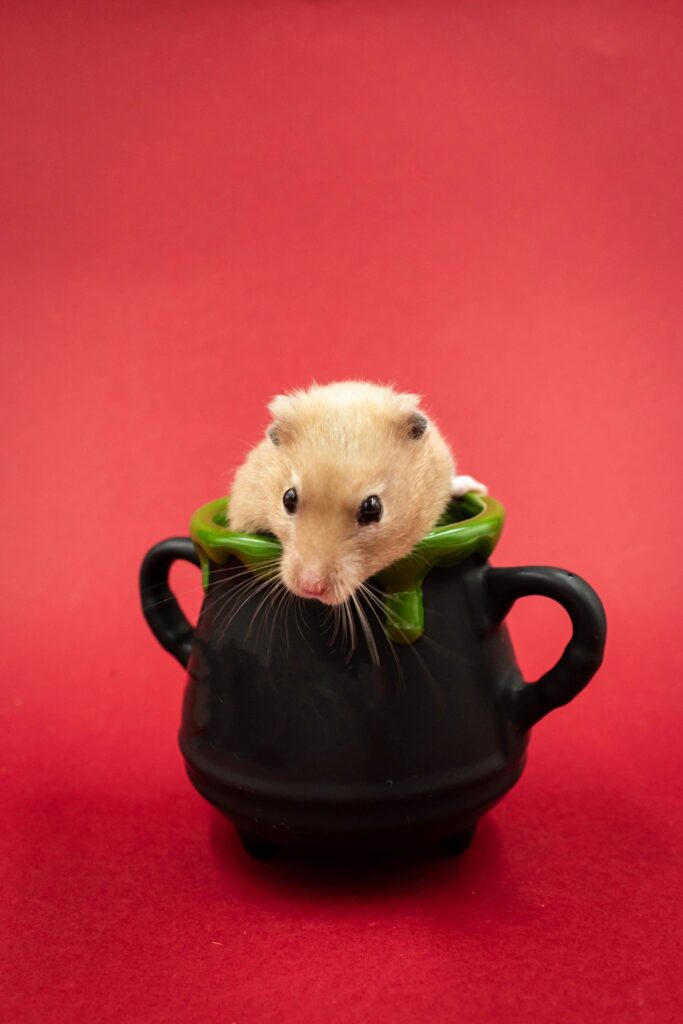
Behavioral Traits: Temperament, Activity Levels, and Social Interactions
When considering the differences between hamsters and rats, it’s essential to examine their behavioral traits. These traits include temperament, activity levels, and social interactions, which can help potential pet owners determine which animal is better suited to their lifestyle and preferences.
Temperament
Hamsters and rats have different temperaments. Hamsters are generally more solitary and can be territorial, especially when housed together. They may become aggressive towards other hamsters and even their owners if they feel threatened or stressed. However, with proper socialization and handling from a young age, hamsters can become tame and friendly towards their owners.
Rats, on the other hand, are known for being more social and outgoing. They are intelligent, curious, and enjoy interacting with their owners and other rats. Rats are less likely to bite or show aggression compared to hamsters, making them a good choice for those who want a more sociable pet.
Activity Levels
Another difference between hamsters and rats is their activity levels. Hamsters are known for being crepuscular, meaning they are most active during dawn and dusk. They have short bursts of energy and spend much of their time running on wheels, exploring their cage, and burrowing.
In contrast, rats are more active throughout the day and have more sustained energy levels. They enjoy exploring, climbing, and playing with toys. Rats also require more space and a larger cage compared to hamsters to accommodate their higher activity levels.
Social Interactions
Hamsters and rats also differ in their social interactions. As mentioned earlier, hamsters are more solitary and prefer to live alone. They can become stressed and aggressive when housed with other hamsters, especially if they are not introduced at a young age or if there is not enough space in the cage.
Rats, however, are highly social animals and thrive in the company of other rats. They form strong bonds with their cage mates and enjoy playing, grooming, and sleeping together. It’s recommended to keep rats in pairs or small groups to prevent loneliness and promote their overall well-being.
In summary, hamsters and rats exhibit different behavioral traits. Hamsters are more solitary, territorial, and active during dawn and dusk, while rats are more social, outgoing, and active throughout the day. Understanding these differences can help potential pet owners choose the animal that best fits their lifestyle and preferences.
Habitat and Diet: Natural Environments, Domestication, and Feeding Habits
When comparing hamsters and rats, it’s important to consider their natural habitats, the history of their domestication, and their dietary needs. These factors play a crucial role in understanding their overall well-being and care requirements as pets.
Natural Environments
In the wild, hamsters and rats inhabit different environments. Hamsters are native to arid regions, such as deserts and steppes, in countries like Syria, China, and Mongolia. They live in underground burrows, which protect them from extreme temperatures and predators.
Rats, on the other hand, are more adaptable and can be found in various habitats worldwide, including forests, grasslands, and urban areas. They are skilled climbers and swimmers, and they often make their homes in burrows, trees, or human-made structures.
Domestication
The domestication history of hamsters and rats also differs. Hamsters were first domesticated in the 1930s when Syrian hamsters were bred in captivity for laboratory research. They quickly gained popularity as pets due to their cute appearance and relatively easy care requirements.
Rats have a longer history of domestication, dating back to the 19th century when they were bred for various purposes, including scientific research, pest control, and companionship. Today, pet rats are bred selectively for their friendly temperament and attractive appearance.
Feeding Habits
Hamsters and rats have different feeding habits and dietary needs. In the wild, hamsters are omnivorous and feed on a variety of seeds, grains, fruits, and insects. As pets, they require a balanced diet consisting of commercial hamster food, fresh vegetables, and occasional treats.
Rats, being omnivores, have a more diverse diet in the wild, consuming fruits, vegetables, grains, insects, and even small animals. As pets, they need a well-balanced diet that includes a variety of fresh fruits and vegetables, high-quality rat pellets, and occasional lean proteins like cooked eggs or chicken.
It’s crucial to note that both hamsters and rats have specific dietary requirements and can be prone to obesity if overfed or given an inappropriate diet. Providing them with a proper, balanced diet is essential for maintaining their health and well-being.
In conclusion, hamsters and rats have different natural habitats, domestication histories, and feeding habits. Understanding these aspects can help pet owners create a suitable living environment and provide an appropriate diet for their furry companions.
Suitability as Pets: Care Requirements, Handling, and Popularity
When deciding between a hamster and a rat as a pet, it’s essential to consider their care requirements, handling, and popularity. These factors can help you determine which pet is the best fit for your lifestyle and preferences.
Care Requirements
Both hamsters and rats have specific care requirements that need to be met to ensure their health and well-being. Hamsters require a cage with ample space for exercise, burrowing, and hiding. They also need a balanced diet, fresh water, and regular cleaning of their habitat.
Rats, being larger and more active, require a more spacious cage with multiple levels, toys, and hiding spots. They also need a balanced diet, fresh water, and regular cleaning. Additionally, rats are more prone to respiratory issues, so their cage should be well-ventilated and kept away from drafts.
Handling
Hamsters and rats differ in their handling requirements. Hamsters are more delicate and can be easily startled, which may lead to biting if they feel threatened. They require gentle handling and may take some time to get used to human interaction. It’s important to approach them calmly and allow them to become comfortable with your presence.
Rats, on the other hand, are generally more social and easier to handle. They enjoy human interaction and can form strong bonds with their owners. They are less likely to bite and are more tolerant of handling, making them a good choice for families with children who want a more hands-on pet experience.
Popularity
The popularity of hamsters and rats as pets varies. Hamsters have long been a popular choice for small pet enthusiasts due to their cute appearance, relatively low maintenance, and suitability for smaller living spaces. They are often chosen as first pets for children, as they are generally easier to care for compared to larger animals.
Rats have gained popularity in recent years as more people discover their intelligence, sociability, and affectionate nature. However, they may still face some stigma due to their association with wild rats and misconceptions about their cleanliness. Despite this, pet rats have a dedicated following among those who appreciate their unique personalities and companionship.
In conclusion, both hamsters and rats can make suitable pets, but they have different care requirements, handling needs, and levels of popularity. Hamsters are generally easier to care for and more popular, while rats are more social and interactive. Ultimately, the choice between a hamster and a rat as a pet depends on your individual preferences, lifestyle, and the level of commitment you are willing to provide to ensure their well-being.
